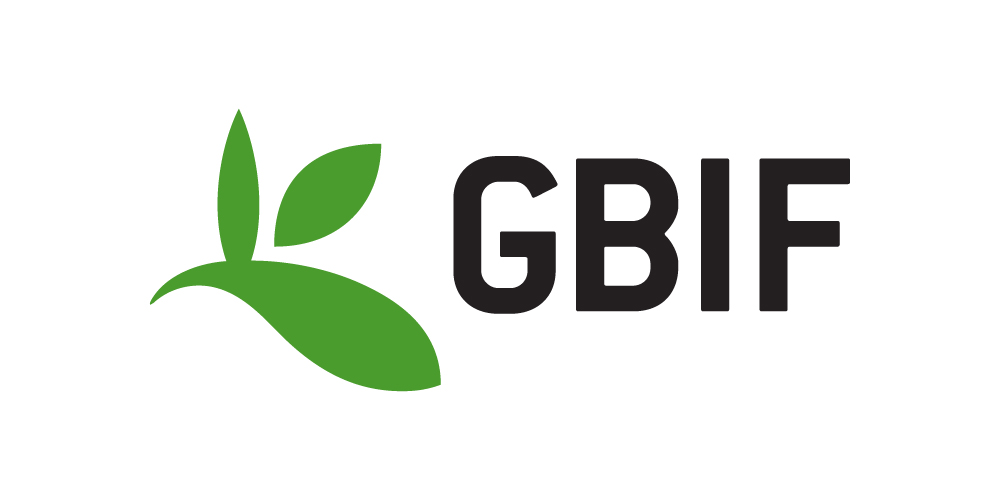Estonian University of Life Sciences Institute of Agricultural and Environmental Sciences Mycological Herbarium
GBIF
Dataset type
This dataset that contains primary occurrence data for species.
Description
The collection of fungi, largest in Estonia, was founded in 1950 by the Institute of Zoology and Botany (IZB) of the Estonian Academy of Sciences where the distribution, taxonomy and phylogeny of mainly pore and gill fungi, gasteromycetes and discomycetes was studied. The internationally recognized acronym of the fungarium is TAAM.
The total number of the specimens in TAAM is about 189,000, including 7,750 specimens of exsiccatae that were obtained mainly via exchange. TAAM is one of the most important collections of macromycetes of the northern part of Eurasia, and the most complete collection of Aphyllophoraceous fungi of Siberia and the Russian Far East. Ca 4000 spore samples have been taken in situ, which are included in TAAM sporotheca.
The key collectors are former mycologists of IZB: Erast Parmasto, Kuulo Kalamees, Ain Raitviir, and Leili Järva, Anu Kollom, Bellis Kullman, Urmas Kõljalg, Ilmi Parmasto, Peeter Põldmaa and Mall Vaasma.
More than 700 mycological studies based on TAAM collections have been published. Mycotheca Estonica by E. Parmasto, Fasc. 1-3 (1957-1961) and Corticiaceae USSR by E. Parmasto, Fasc. 1-3 (1966-1969) are based on TAAM material. The mycologists of IZB have completed 20 volumes of the series “Scripta Mycologica” and three fascicles of the distribution maps of Estonian fungi. Proposals have been made to include fungi into the the official list of protected species (issued in 2004) and completation of the Estonian Red Data Lists of fungi (1998, 2008, 2019).
Type of content
Includes: Point occurrence data, gbif import.Citation
Pärtel K. Estonian University of Life Sciences Institute of Agricultural and Environmental Sciences Mycological Herbarium. Estonian University of Life Sciences. Occurrence dataset https://doi.org/10.15468/sztngd accessed via GBIF.org on 2024-11-07.
Digitised records
Looking up... the number of records that can be accessed through the BioAtlas - Atlas bioraznolikosti Hrvatske. This resource was last checked for updated data on 15 Nov 2024. The most recent data was published on 15 Nov 2024.
Metadata last updated on 2024-11-15 21:06:44.0
Loading...

